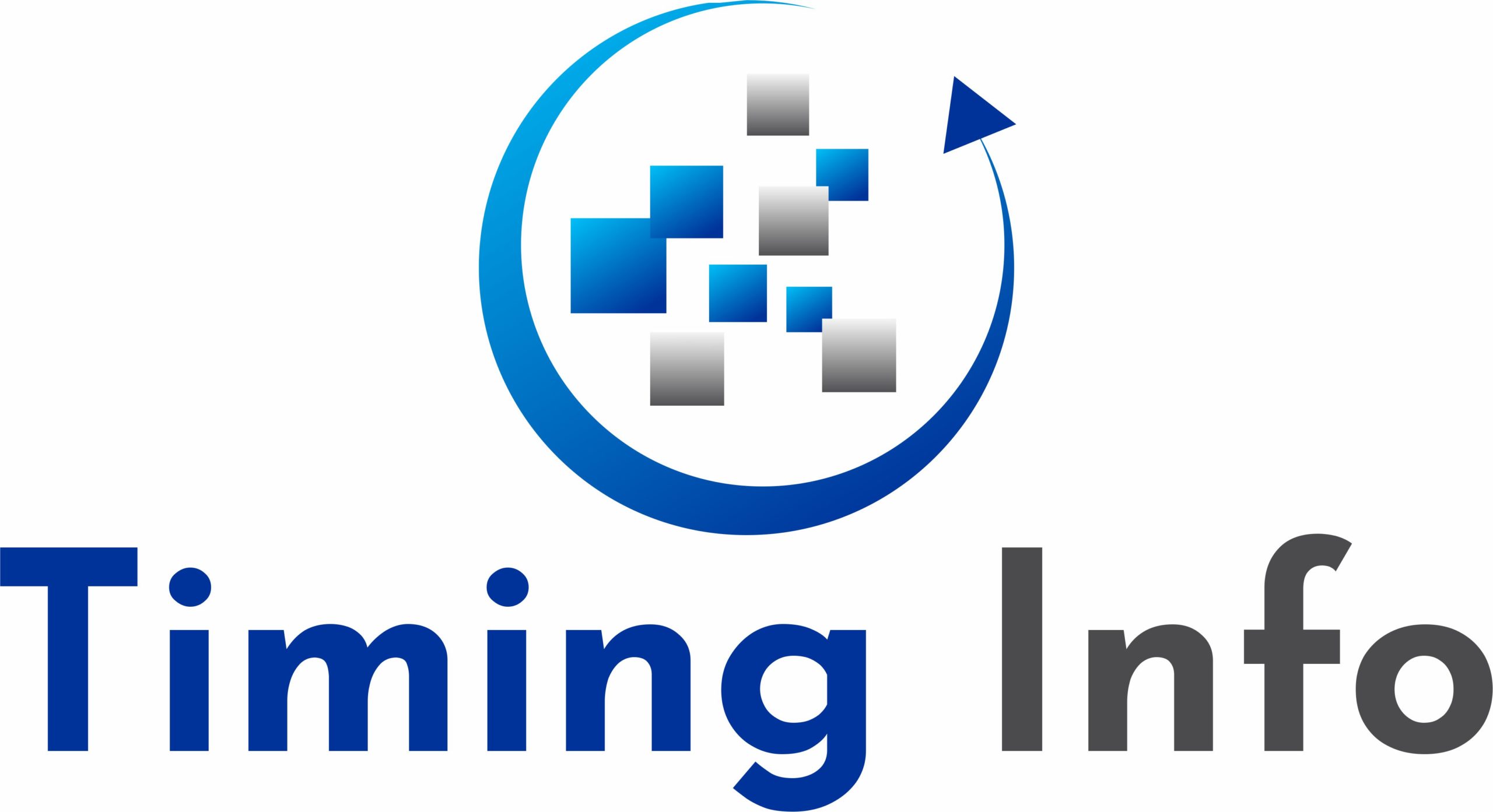Have you ever heard of automation workflow software? What is this? Why are you expected to care? What are the advantages of this? Don’t think about that!! We’ll cover all of them in this short workflow application guide. Let’s get started now.
The world is changing rapidly, with consumers being more accustomed to fast services and looking forward to excellence at any stage. It doesn’t matter to consumers whether you’re a global corporation or a newcomer because people want you to perform with pace and consistency with everything you do.
Business process management and workflow integration is one method that any business uses to eliminate bottlenecks and inefficiencies from their business operations, dramatically reducing the time and expense of providing goods or services.
What’s the workflow?
A workflow is a collection of sequential procedures that are carried out in order to conduct a business process. The leaving application method will be an example of a very basic workflow. In this workflow, the employee shall apply for leave, the boss shall accept it and then HR shall process it.
A little more complicated workflow may be a process of employee clearance at the time of leaving the company. In this situation, the manager initiates a clearance, which is then redirected to separate departments such as Admin, IT, HR, and only after all clearances have been received, the workflow transfers to the accounting department for complete and final resolution. With a task management application, the operation becomes easier.
What is Automation of Workflow?
Workflow automation is the automation of the measures involved in the workflow to manage your tasks effectively with reliable and correct outcomes any time the workflow is performed. In other words, workflow automation is a sequence of automatic activities for steps in a business workflow process. The software can work on low code application platforms.
When does the use of workflow automation make sense?
Automation takes time and resources. It would then make sense to take it on board only if the gains met the costs involved.
It would then make sense to take up project management task tracking only if:
- The tasks are repetitious. It would make no sense to simplify a workflow that is not repetitive or happens only once in a while.
- Workflow is crucial where operations need to be carried out exactly and quickly, reducing the likelihood of any human mistake and delay.
- Automation may lead to substantial changes in the time of execution or performance efficiency.
Steps involved in the automation of workflow
- Set the goals:
The first and most important move is to set automation targets with automation workflow software. You must ensure that these targets are Wise, i.e. precise, observable, attainable, relevant and time-based. It may be increased ROI, quicker time to satisfy business demands or increased team efficiency.
- Identify the repetitive workflow:
Next move will be to define workflows that, when streamlined, will lead you to the goals you set. The easiest way to recognize them is to make a visual diagram of current business processes and use it to identify important redundant workflows that you feel prevent you from achieving your goals.
- Choose the best low code automation platform to use:
Now that you’ve established your priorities and workflows, the next move will be to pick the best process automation tools for theworkflow application. Any considerations to include here would include expense, ease of use, service and maintenance, proven track record, etc.
- Prepare the customer:
Next, you’d have to prepare the staff to use the new process low code application platform. Providing a clear transfer path from the existing manual to the new integrated system and providing them with adequate preparation would go a long way in making this transformation a success.
- Measuring key success metrics:
Once the above measures have been taken, you will be up and running on your new fully integrated task management application. Your clients, who may be your own staff, will have input on a new digital procedure based on their experience and it is crucial to consider their opinions and recommendations in order to increase customer loyalty.
Continuous tracking and measurement of the newly upgraded workflow would help make your staff more effective. Depending on the metrics, make adjustments to the automation and project management task tracking to keep it in place at all times.
Top benefits of automation workflow:
Workflow Automation Software facilitates coordination with stakeholders participating in the workflow. This could be the staff, suppliers, or clients. For example, if you have streamlined the complaint management process with a self-service platform, clients can have access to the up-to-date status of their complaint without having to write an email or contact you to streamline the correspondence.
There is one person assigned to execute a particular task for each phase of the workflow application. By adopting this, you are creating a system of accountability in which everyone knows what specific tasks they are responsible for. Every person involved in the process shall be held accountable for his or her specific task.
Automation workflow software reduces defects in manual operations and avoids maintenance costs. Imagine the manual entry of insurance premiums collected from consumers in the form of paper papers. It can minimizes requests and acceptance cycle times in process workflows by more than half and dramatically reduce costs.

